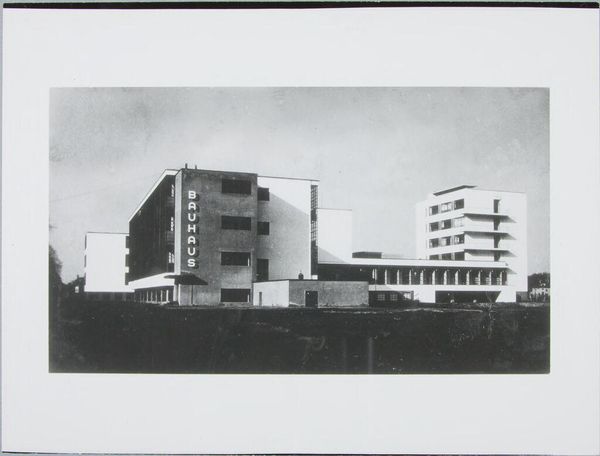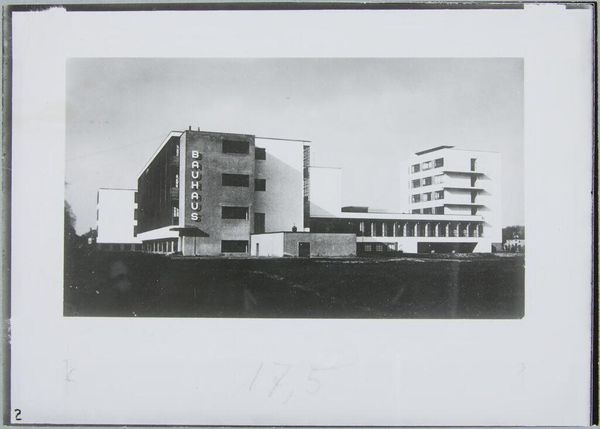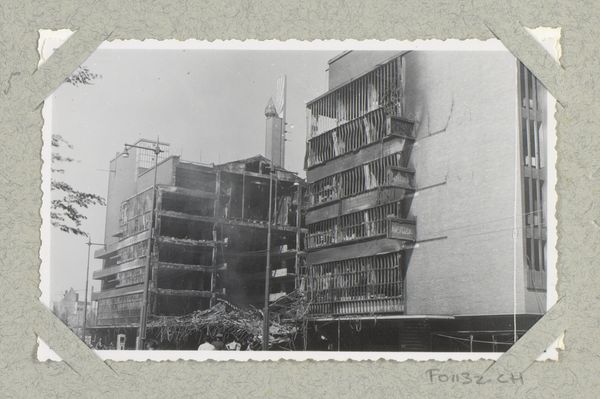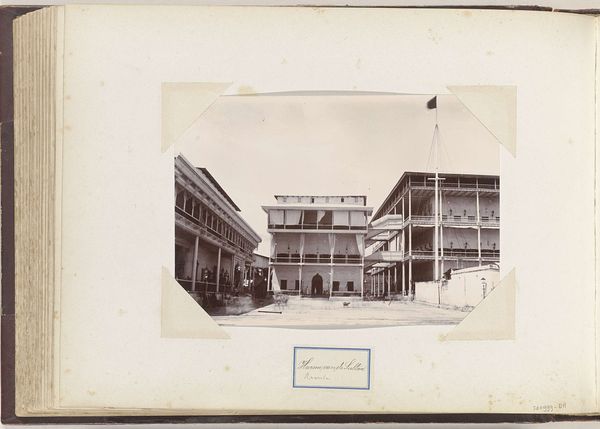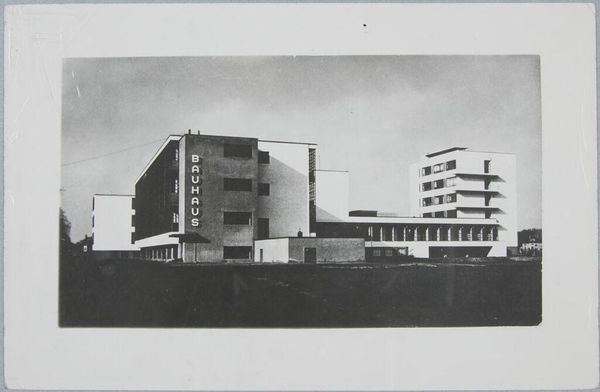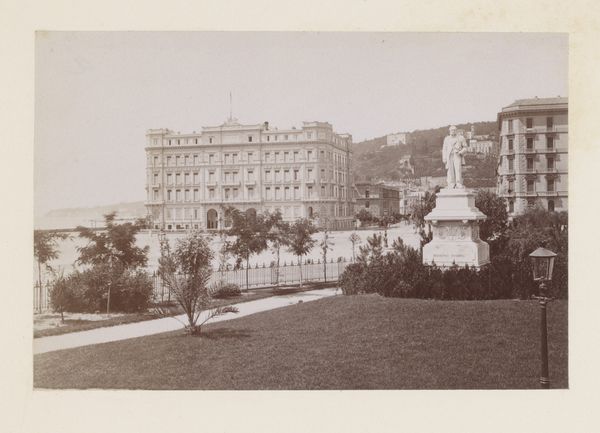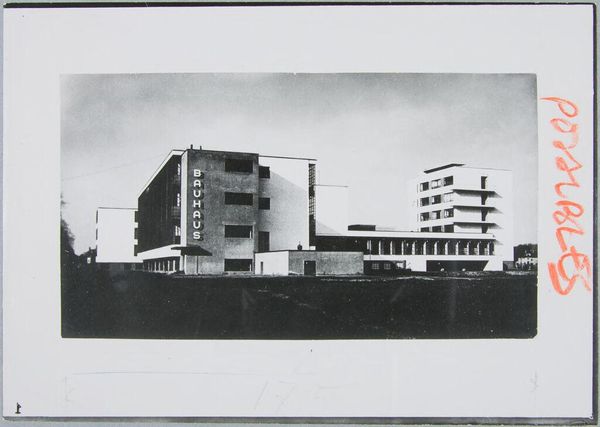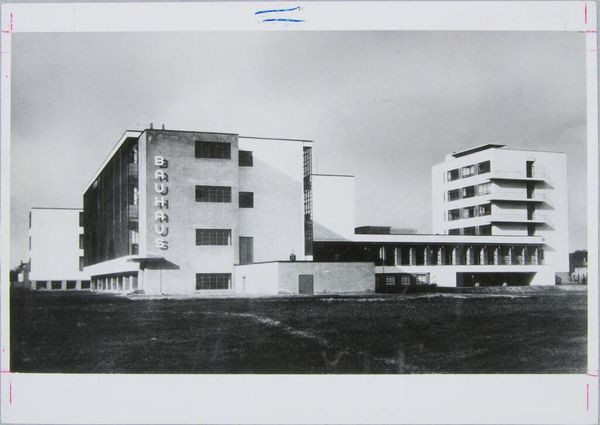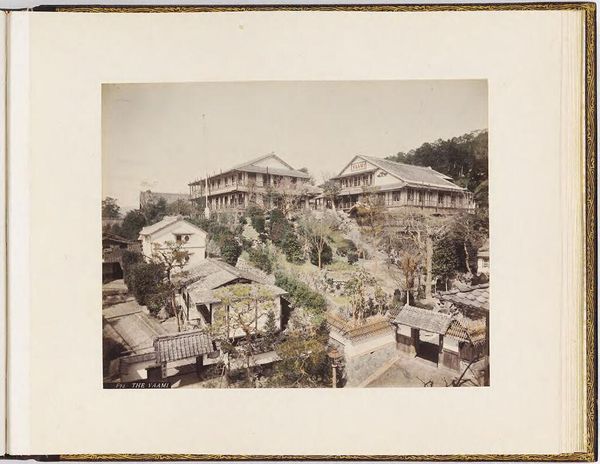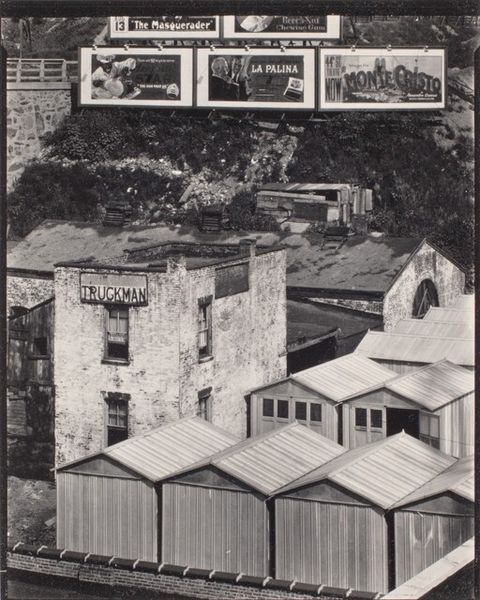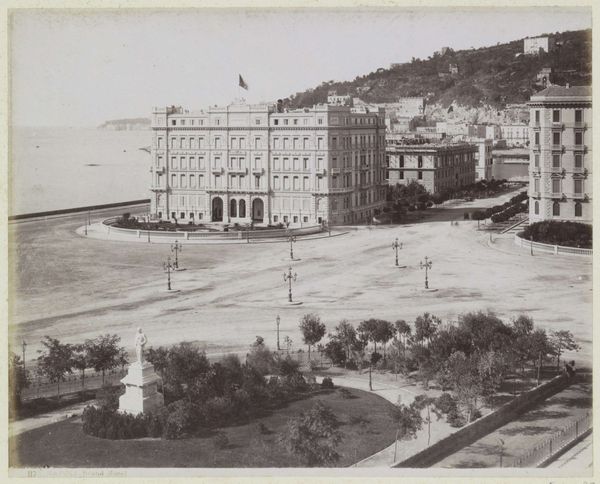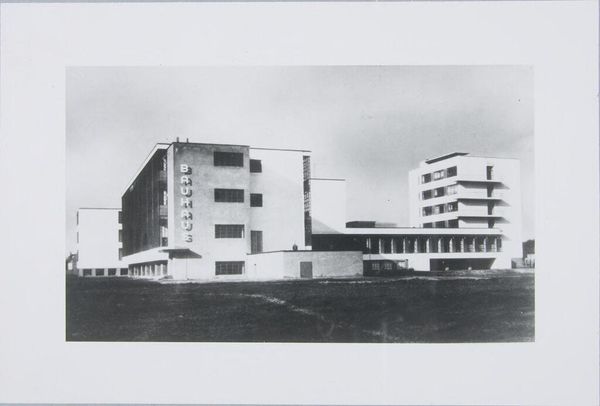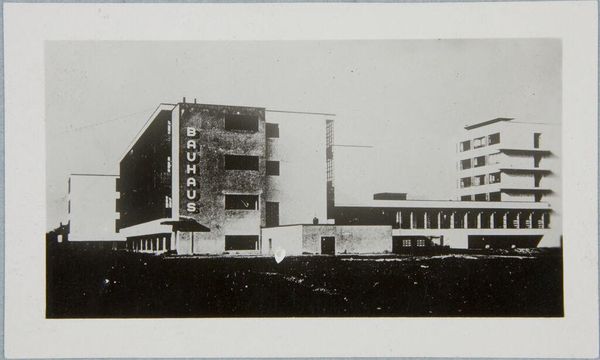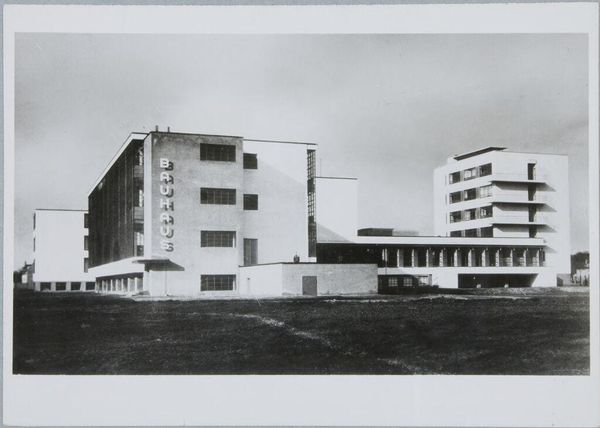
public-art, photography, site-specific
#
portrait
#
asian-art
#
public-art
#
photography
#
site-specific
#
cityscape
Dimensions: height 5 cm, width 5 cm
Copyright: Rijks Museum: Open Domain
Curator: David Ketel’s photograph, "Seoul, December 1952," captures a city caught between tradition and tumultuous change, rendered in a poignant document of a moment during the Korean War. Editor: My first impression is one of stark contrasts: the beauty of the architecture obscured by scaffolding, coupled with blatant, harsh political messaging—it's really quite jarring. Curator: Indeed. The image frames a partially reconstructed pagoda-like structure, adorned with banners welcoming President-elect Eisenhower. The setting, deeply impacted by the ravages of war, reveals a city attempting to assert its future while clinging to its past. The banners serve as overt expressions of the complex geopolitical landscape. Editor: That phrase "drive away the Chinese Reds" emblazoned on the tram is chilling. It highlights how deeply ingrained the anti-communist sentiment was at the time, effectively dehumanizing an entire population. How did the Korean War and the rise of McCarthyism in the U.S. affect the art scene in Seoul, I wonder? Curator: The Korean War deeply influenced Korean artists who actively documented and reflected on the war and its aftermath. Works frequently expressed the trauma, displacement, and ideological conflict that shaped post-war Korean society. And Ketel's piece acts as a record and primary source; consider the historical context: the armistice wouldn't be signed for another eight months, shaping the image through that lens is unavoidable. Editor: It's essential to situate photographs like this within that broader socio-political narrative. The photograph prompts a critical reflection on identity, belonging, and the devastating consequences of geopolitical conflict. I find it particularly difficult to see that architectural structure—a stand-in for an older identity, literally covered by scaffolding and politically charged signage. The rebuilding feels more like reconstruction. Curator: Precisely; it is difficult to separate the physical rebuilding of a landmark like this from the identity and society that will emerge as part of the nation’s own psychological, political and social repairs. I think that dichotomy of destruction and aspiration is what makes the photograph so arresting and historically important. Editor: A poignant intersection of propaganda, preservation, and palpable anxiety for the future, laid bare. I wonder if these tram riders ever imagined that one day we'd analyze this moment, this piece, so critically.
Comments
No comments
Be the first to comment and join the conversation on the ultimate creative platform.
